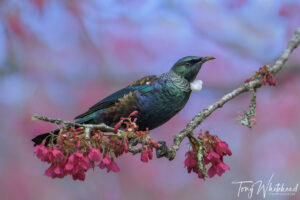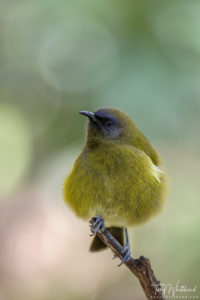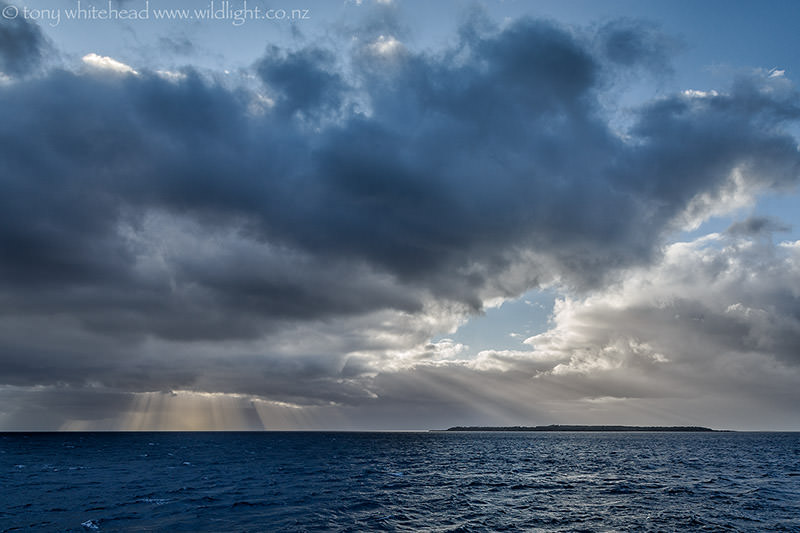
Waking at anchor in Port Ross after our passage from the Snares to the Auckland Islands we were greeted by god rays piercing the clouds and patches of moving sunlight painting the basalt cliffs and golden sands of Enderby Island. After breakfast and a briefing on Zodiac landings and how to manage Sealion encounters, we made up our packed lunches and were soon heading for shore on the Zodiacs. Enderby Island ended up being one of my favourite places on the trip and we were lucky to spend 2 days there so I have more material than can be covered in a single post This post will concentrate on an overview and the Enderby Island Boardwalk which takes you from Sandy Bay to the northern shore across the centre of the island. We had the option of doing a return walk on the boardwalk or to head east on the north shore and do a 12km hike around the eastern side of the island. The following satellite images from Google Earth give some geographic orientation.
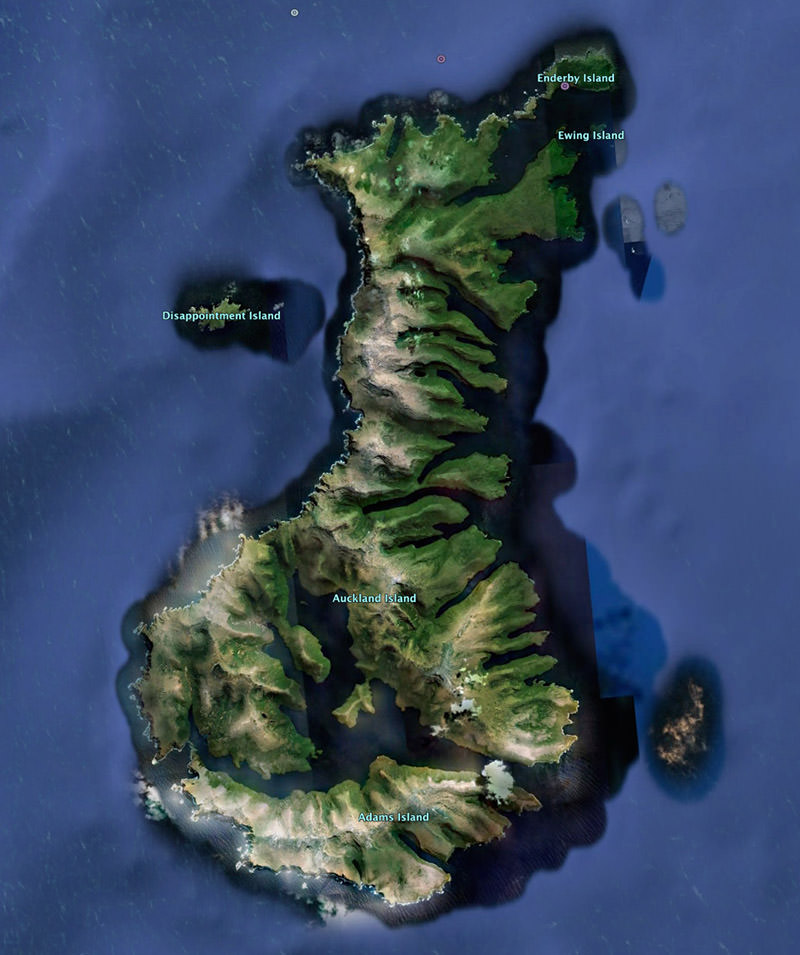
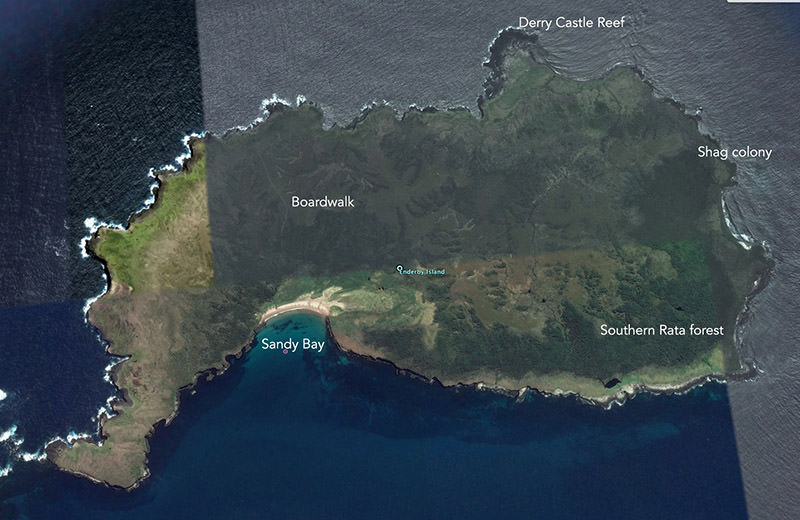
The Zodiac ride in was brief and calm and we were soon ashore being greeted by a pair of the flightless Auckland Island Teal in the kelp at the rock ledge landing zone then crossing the beach at the western end of Sandy Bay where New Zealand (Hooker’s) Sealions were resting and giving a good impression of rocks until they moved.
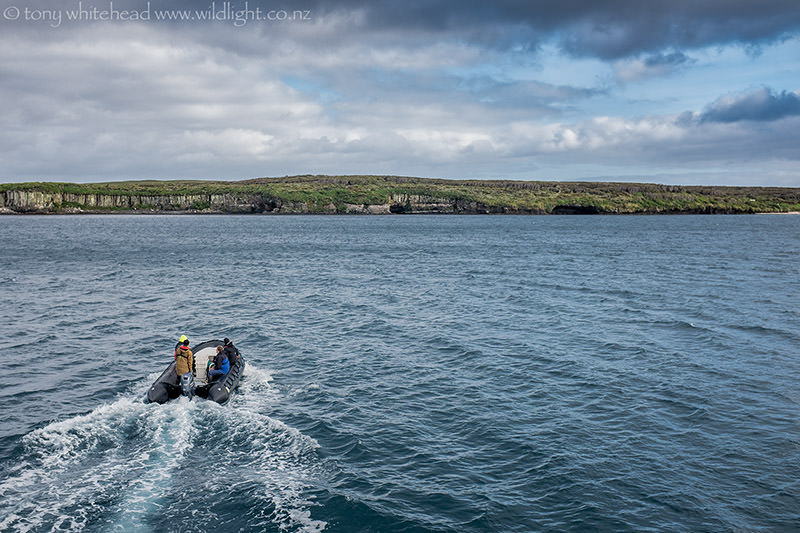
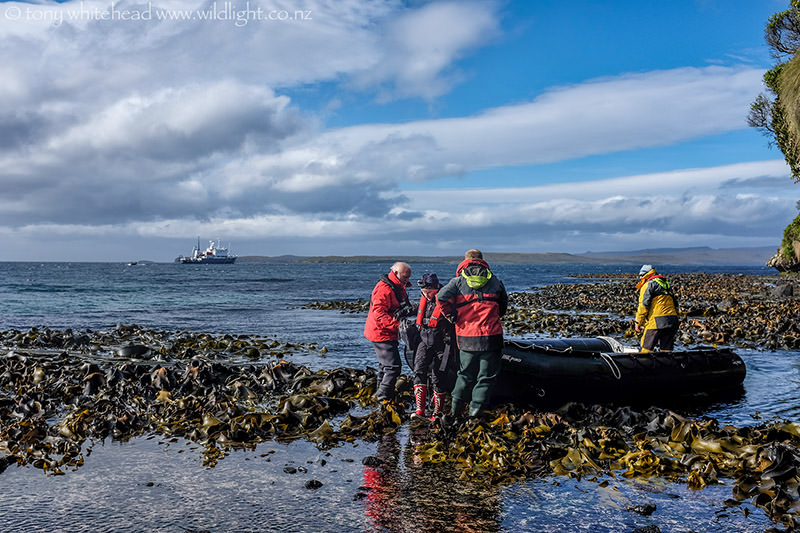
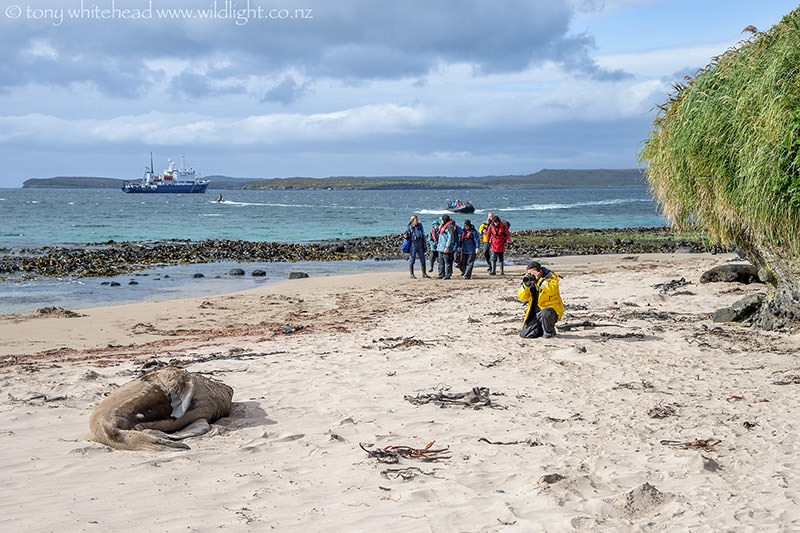
We stopped off near the historic boatshed and huts being used by the Sealion researchers, ditching life jackets and assembling camera gear for the day. The plan was to move as a group without stopping across the grassed area that the Yellow-eyed Penguins use as a thoroughfare and then once we had got onto the boardwalk progress could be a little slower and punctuated with opportunities to stop and photograph.
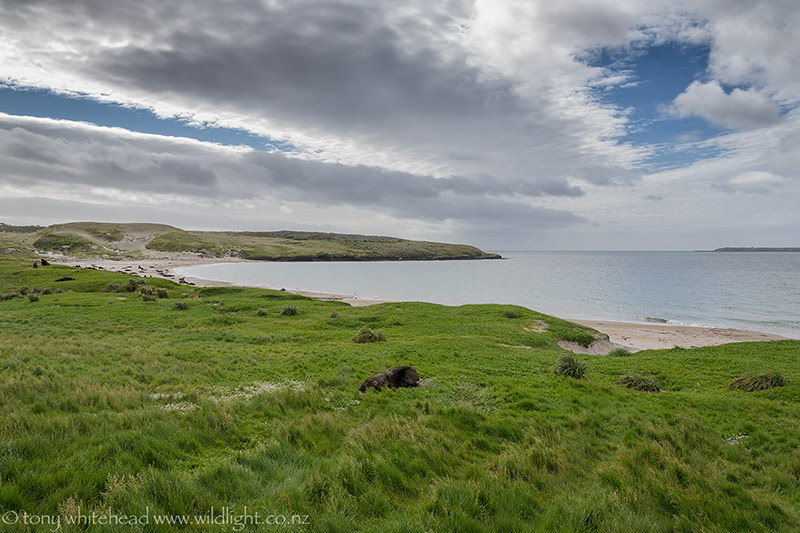
Moving up the boardwalk the vegetation changed from some low Southern Rata forest through to wind sculpted shrubs and dracophyllum up onto a mossy area punctuated with megaherbs.
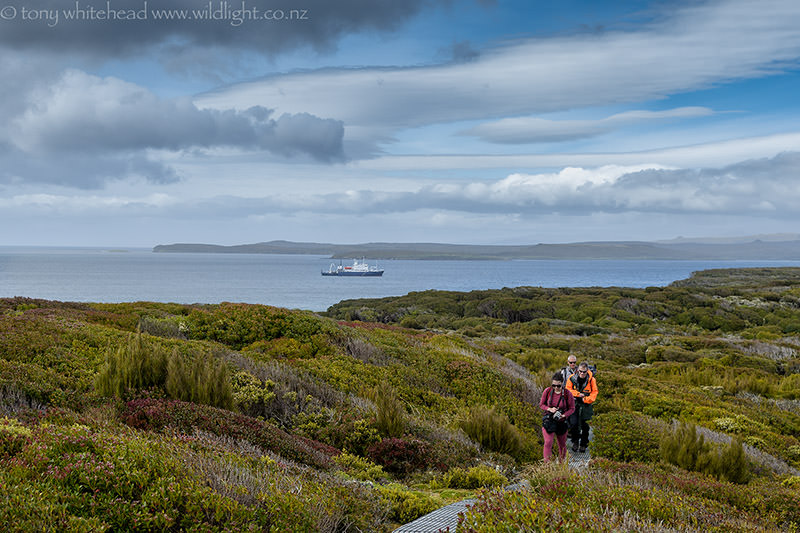
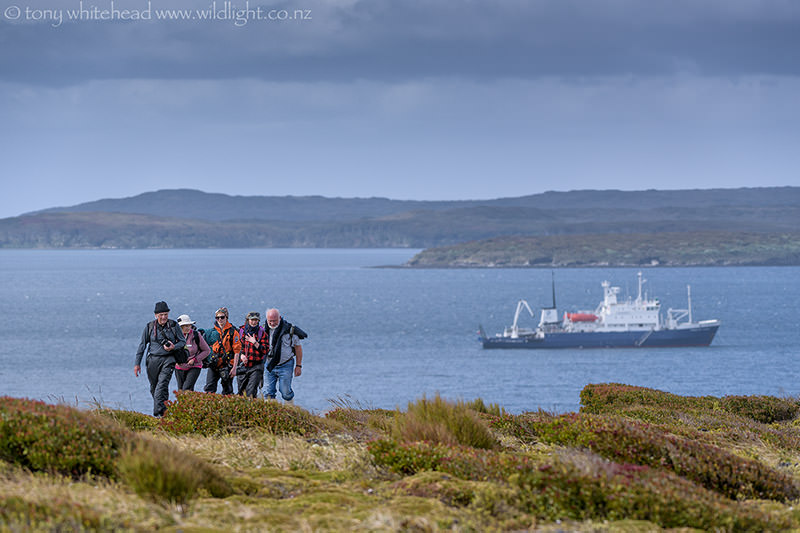
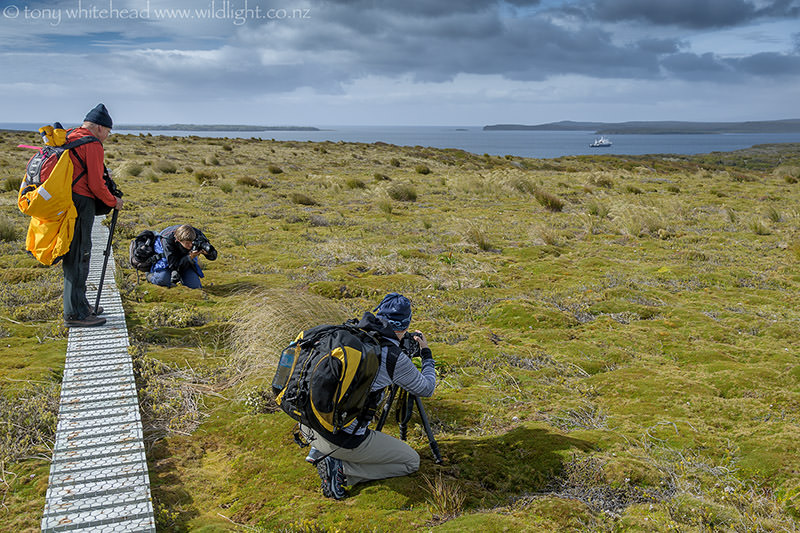
Especially exciting for me was seeing the Southern Royal Albatrosses flying over the island using the dynamic lift generated by the wind over the slopes as they would over the swells in their usual environment at sea. They return to land only to breed and it was great to see some sitting on nests. A foretaste of things to come on Campbell Island.
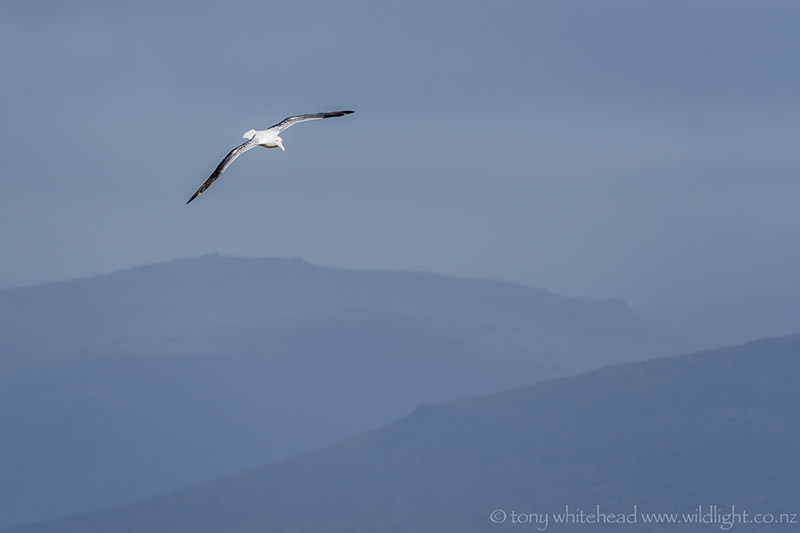
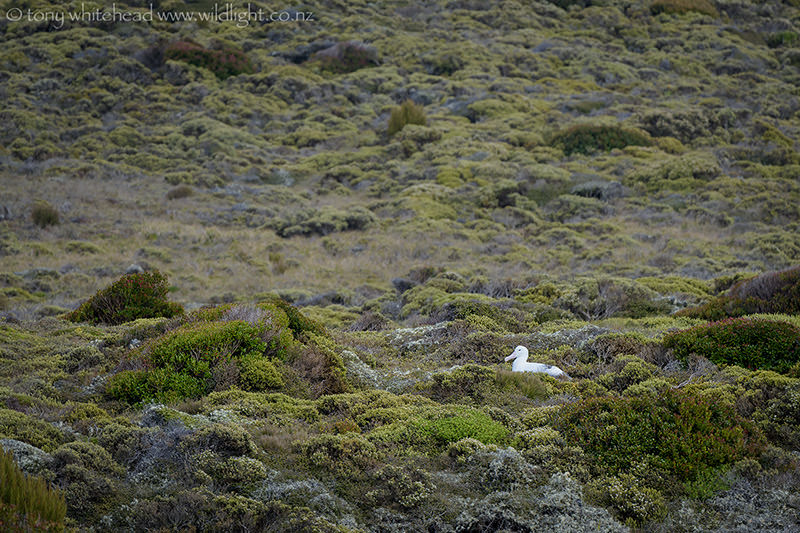
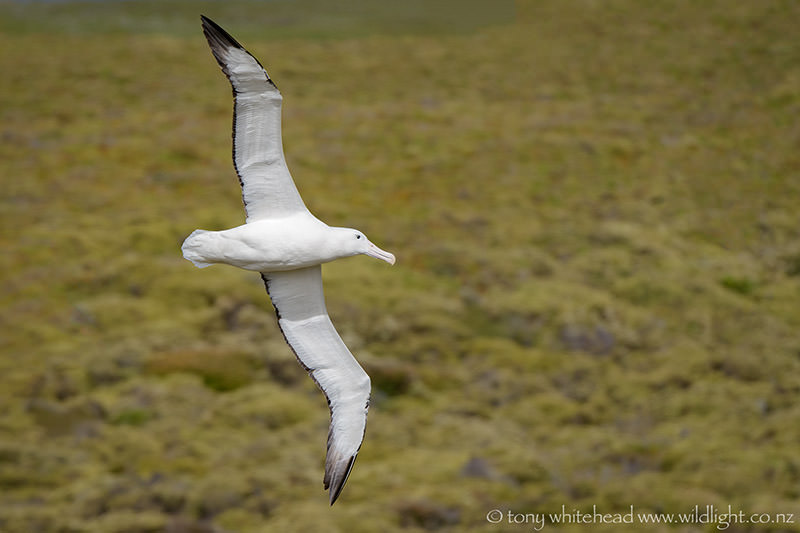
Reaching the northern end of the boardwalk we could look down from the cliffs to see nesting Light-mantled Albatross and imagine just how rugged it would be a in a good blow that can cause the waterfalls to flow backwards against gravity.
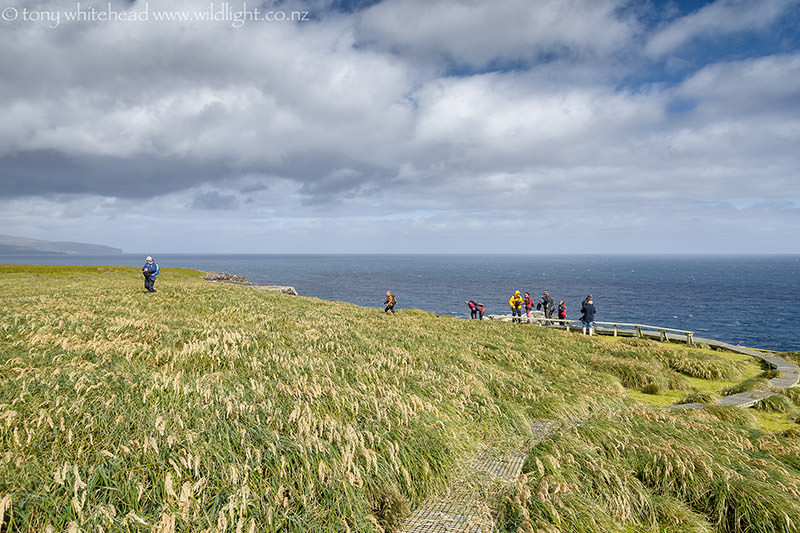
It is hard to express the feeling of first seeing Light-mantled Albatross. They were one of the species I had most anticipated seeing as I have a fondness for albatross in general but had never been in Light-mantled habitat previously. They look as though crafted by an Italian designer simply to look beautiful. The gorgeous gradations of tone in the plumage, the pointed wings and tail. The precise detailing of a partial eye-ring and the powder blue line on the bill seem hand painted, added as a finishing flourish. And then they fly. Their courting flight – the soaring grace of an albatross but in a formation flight that an aerobatic pilot could only dream of emulating. Beauty, elegance and grace. I had seen my new favourite bird with only a fleeting feeling of fickleness and a brief twinge of guilt for my long-loved kingfishers and vultures!
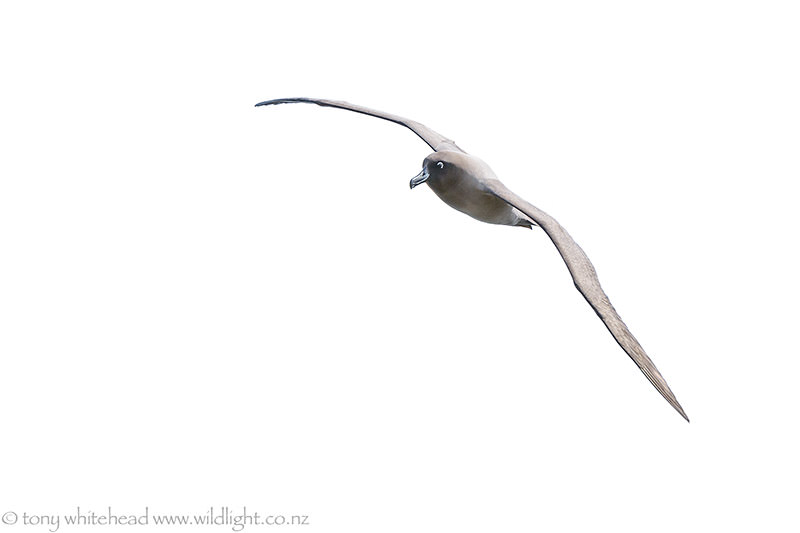
Next week we will continue our hike around the eastern side of Enderby Island.
